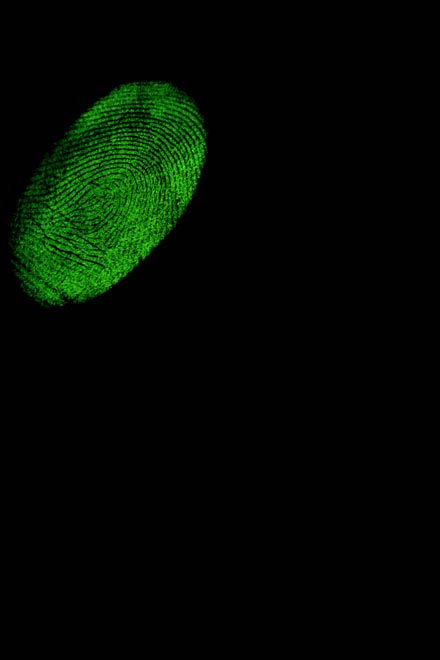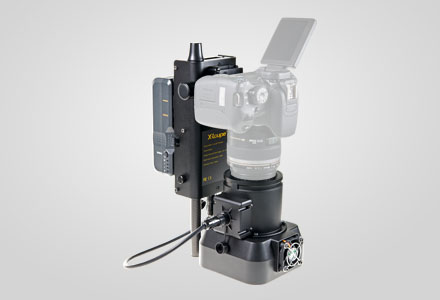Latent Print on Polymer Banknote
Starting from 1988 to 2017, Polymer banknotes have been fully or partially adopted over than 20 countries, including Australia, Canada, UK, Hong Kong, Brazil, Kuwait, Singapore, Chile and Mexico. Polymer banknotes are excellent in many ways, such as, a lower impact to the environment, water and oil resistant, highly durable with a longer lifespan than paper ones, yet its security features are easy to verify but difficult to counterfeit.
Security features are a double-Edged sword
Those unique design of textured-felt surface, ultrafine printing, intaglio printing, or even tactile features for the visually-impaired is meant to make banknotes hard to counterfeit, however, the intricate patterns also become an obstacle to identifying latent fingerprints found in a crime scene.
What could be the easiest way to examine latent fingerprints on the polymer?
The most adopted fingerprint chemical enhancement methods seem inapplicable to polymer due to its special substrate; holds both semi-porous and non-porous surface’s characteristics, get sticky when wet, and could be melted when heating. Fluorescent magnetic powders will get the fingerprints shown, but at the same time, the fingerprints often blend into the patterned background disturbing the identification and analysis.
A Total Solution
X-Loupe’s ForteLite IR ALS is made for such tricky situation: using anti-stokes powder method to enhance ridge details without any hazard that may damage questioned banknotes, remove the patterned background under IR LED for AFIS use without retouching, and its instant effects are great for time and manpower saving. The same results done by LED is also under a more reasonable price range than LEP is.




